Wat Mangkon Kamalawat (Wat Leng Noei Yi)
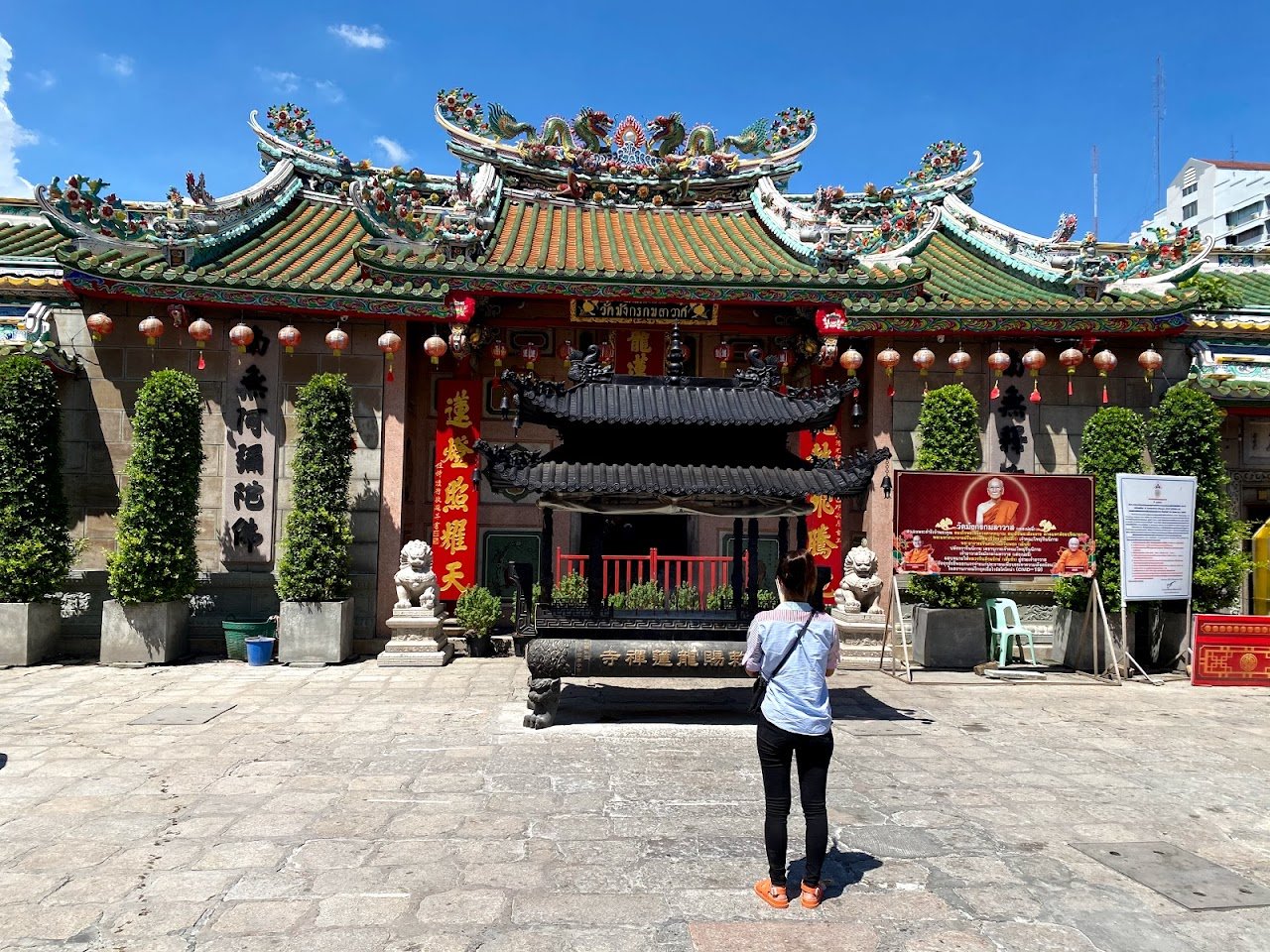
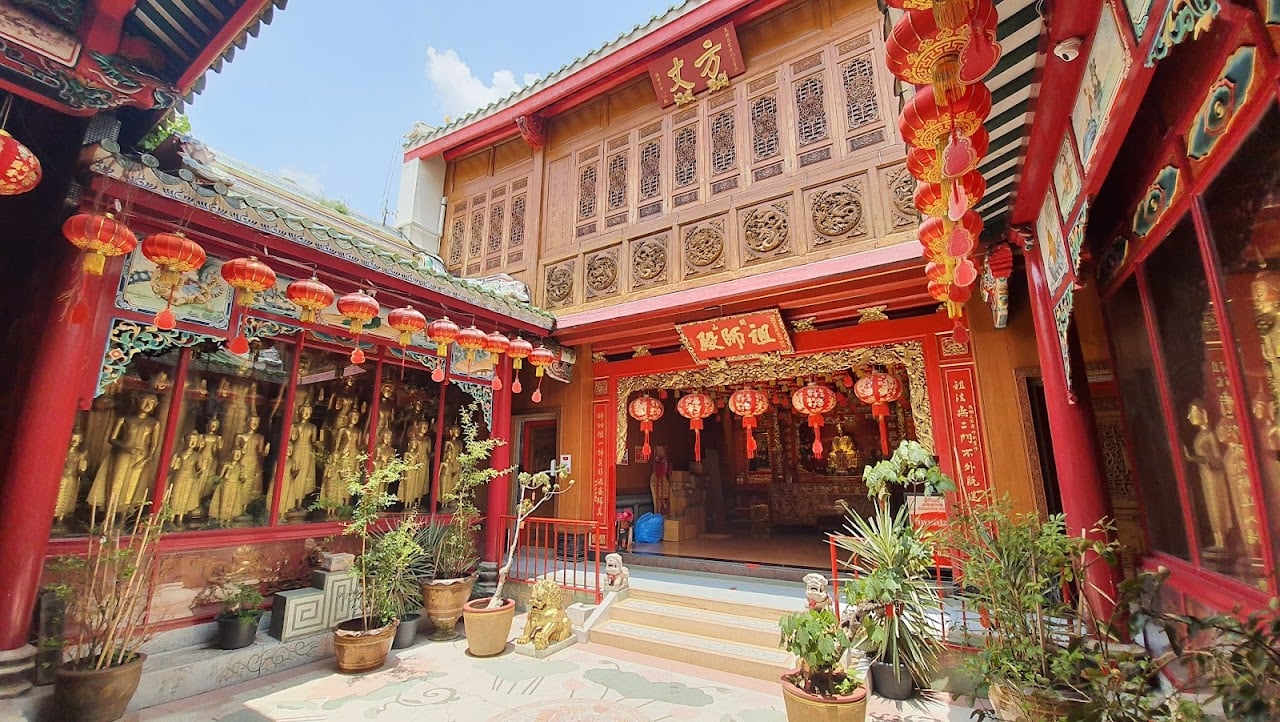
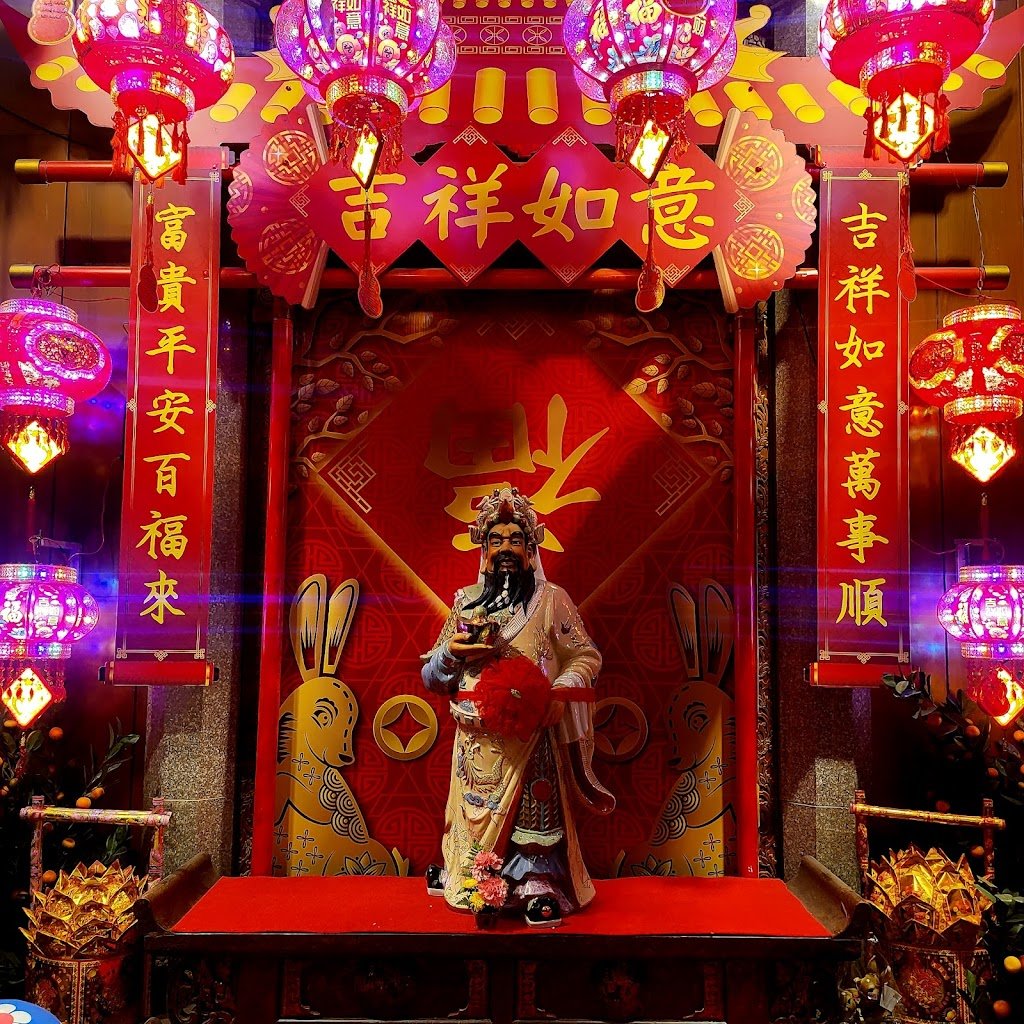
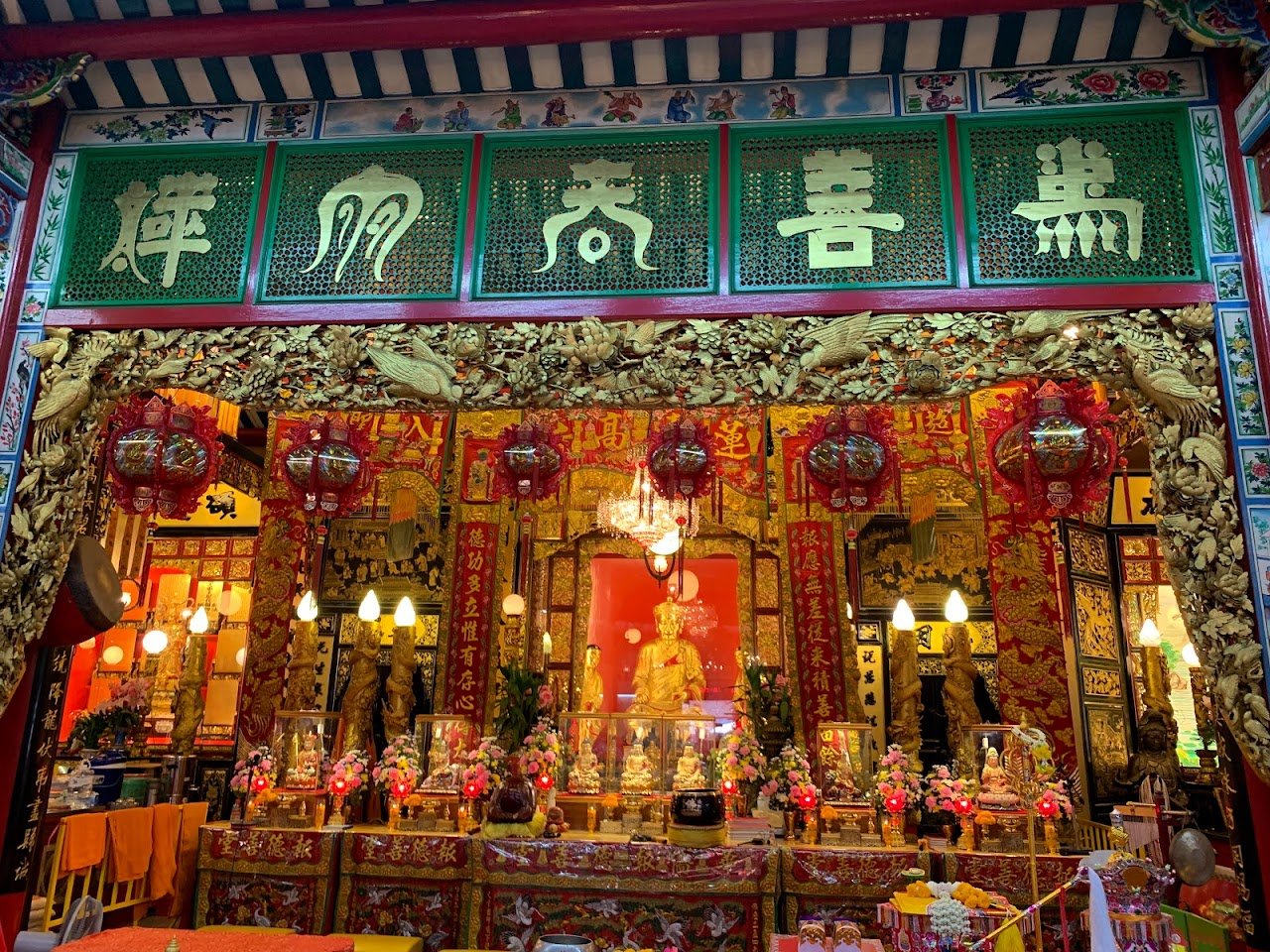
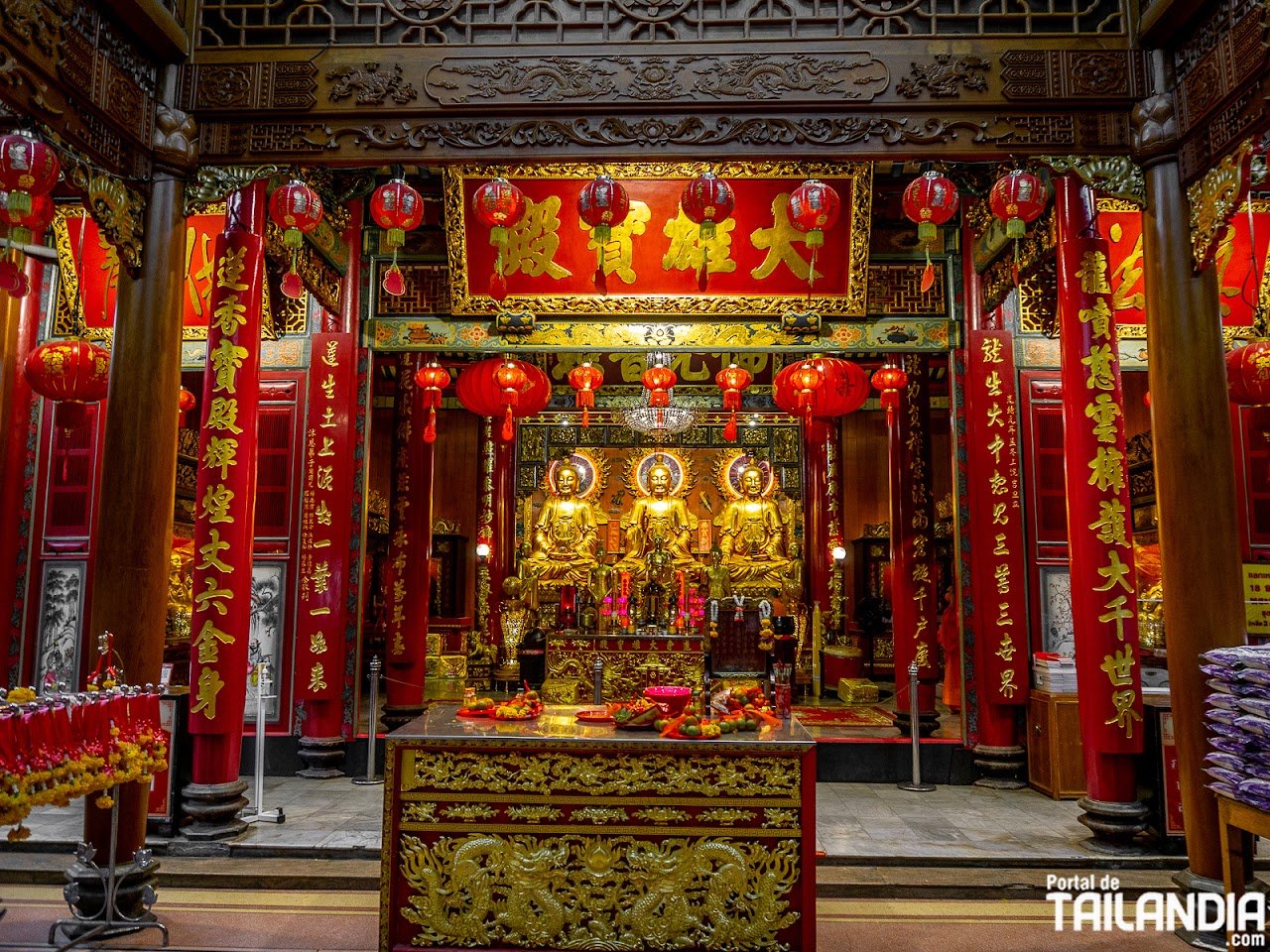
Ask ThatchGPT
Suggest a local expert to plan my trip
Suggest an unique itinerary for my Thailand trip
What foods do Thailand locals eat
What are some true hidden gems in Thailand
Help me brainstorm trip ideas for Thailand
Help me plan a family-friendly trip to Thailand
What people say
Pedro Pereira
Available for hire
"Wat Mangkon Kamalawat, also known as Wat Leng Noei Yi, is the largest and most important Chinese Buddhist temple in Bangkok, Thailand. Located in the city’s Chinatown in the Pom Prap Sattru Phai district, it is a central place for Chinese cultural and religious practices. The temple hosts several major celebrations throughout the year, such as Chinese New Year and the annual Chinese vegetarian festival, attracting many visitors and devotees.
The temple was founded in 1871 or 1872 by Phra Archan Chin Wang Samathiwat, also known as Sok Heng. Originally named Wat Leng Noei Yi, the temple was later renamed Wat Mangkon Kamalawat, which means "Dragon Lotus Temple," by King Chulalongkorn (Rama V). This renaming reflected the temple’s growing importance as a center for Chinese Buddhism in Thailand.
Built in traditional Chinese architectural style, the temple features sweeping roofs decorated with various animal and floral motifs, including the iconic Chinese dragons. The temple’s main building, the ubosot (ordination hall), houses a Buddha image that blends Thai and Chinese architectural styles. This hall is used for religious ceremonies and rituals. The viharn (sermon hall) is flanked by statues of the four guardians of the world, the Chatulokkaban, standing as protectors of the temple.
The temple grounds also feature numerous shrines dedicated to Buddhist, Taoist, and Confucian deities, reflecting the diverse religious practices of the local Chinese community. At the rear of the temple are three pavilions: one dedicated to Guan Yin, the Chinese goddess of compassion; one dedicated to Phra Archan Chin Wang Samathiwat, the temple’s founder; and another to the saint Lak Chao. A gallery at the rear contains gilded Buddha images in the Abhaya Mudra, symbolizing protection and fearlessness.
In the temple’s front courtyard, a furnace is used for burning paper money and offerings to ancestors, a common practice in Chinese Buddhist traditions. This ritual honors deceased family members and is an important part of the temple’s religious practices. Wat Mangkon Kamalawat, with its striking architecture, cultural significance, and spiritual atmosphere, is an essential landmark for both the Chinese community in Bangkok and visitors exploring Chinese Buddhism in Thailand."
Read more in:
Alyssa Minh
"This temple is also known as Wat Leng Noei Yi, is one of the largest and most significant Chinese Buddhist temples in Bangkok's Chinatown. This ornate and culturally rich temple is renowned for its stunning architecture, intricate decorations, and vibrant atmosphere. Visitors are greeted by colorful dragons, intricate sculptures, and beautiful pavilions as they explore the temple grounds. Inside, worshippers come to pay their respects to various Chinese deities, offer prayers, and participate in traditional rituals. "
Irina Bernal
"Bangkok's main Chinese Buddhist temple. Must-visit."
Read more in:
Mentioned in these guides
About Wat Mangkon Kamalawat (Wat Leng Noei Yi)
Get the inside scoop on Wat Mangkon Kamalawat (Wat Leng Noei Yi) from local experts, travel creators, and tastemakers. Browse genuine trip notes, Wat Mangkon Kamalawat (Wat Leng Noei Yi) reviews, photos, travel guides, and itineraries from real travelers and plan your trip with confidence.
Phone
Save this spot for later or start mapping out a new trip today
Try our AI Travel Assistant and get instant answers to any questions about your trip.
Ask ThatchGPT


